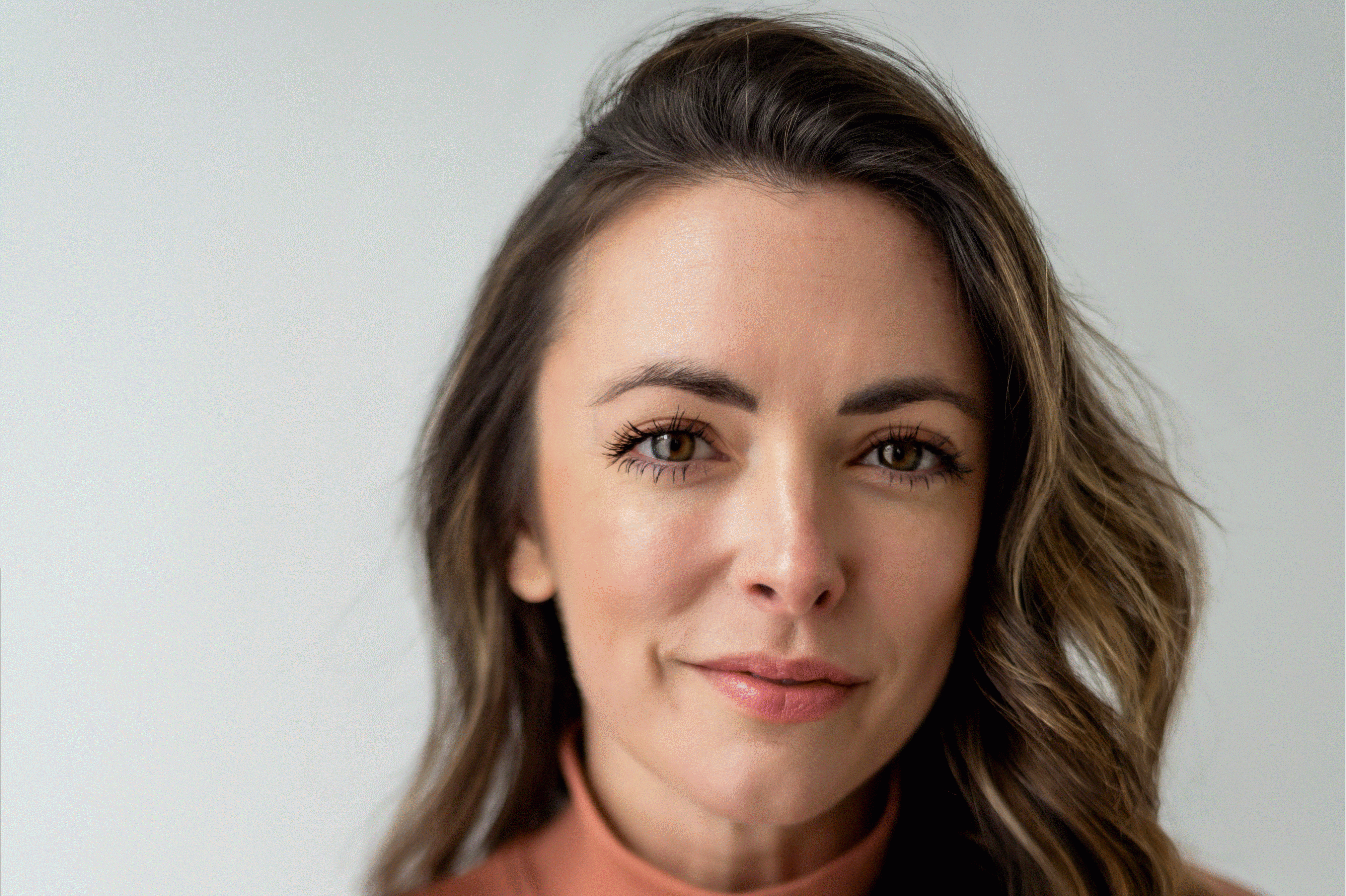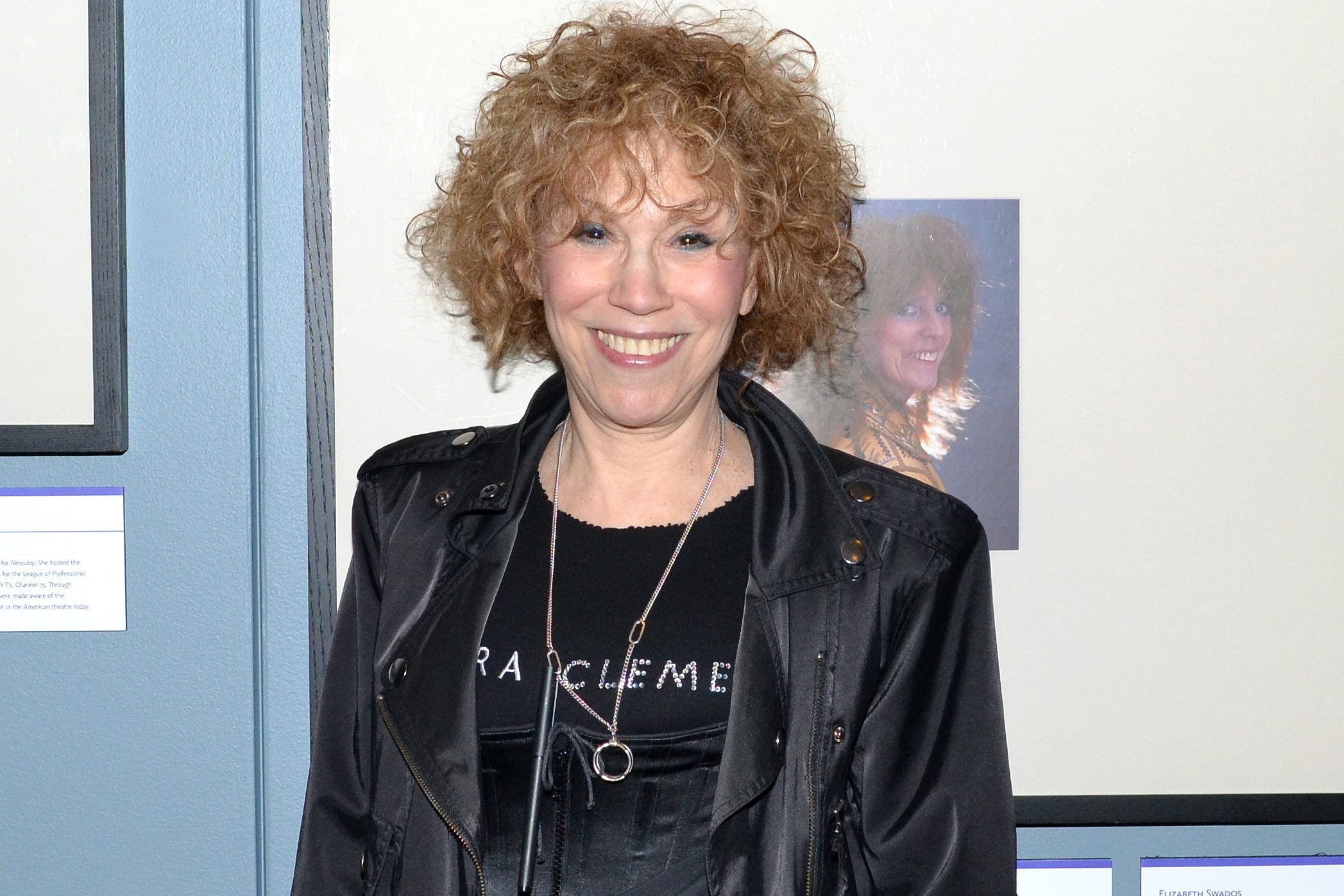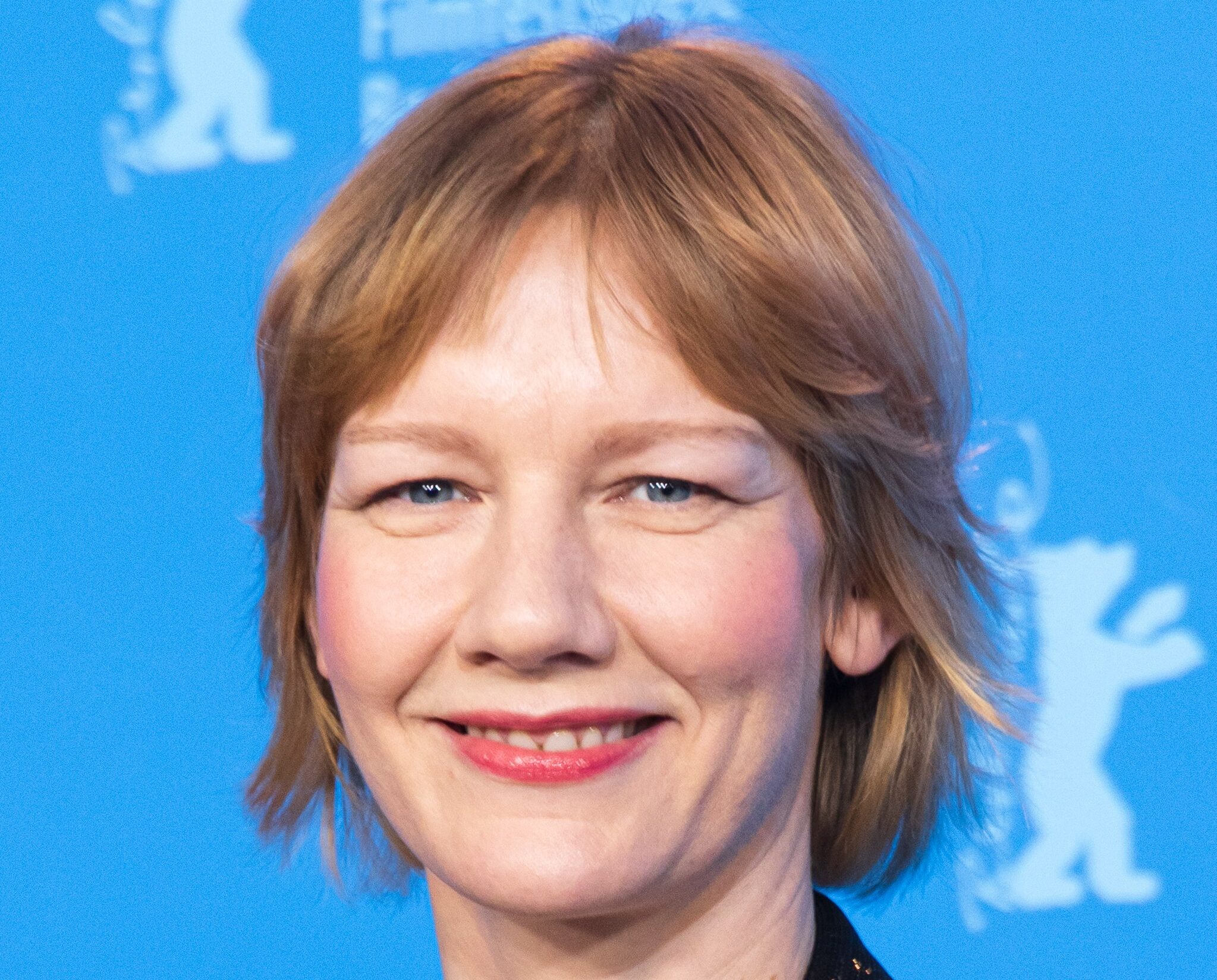Anonymous Blonde

A deserted highway. The rocky California coast. A body with an arrow through its heart. A blonde named Anonymous flips through stills perched on an easel in Toni Schlesinger’s loopy noir solo show The Long, Slow Death of Lila Remy. Lila Remy’s slipper from the Pink Angel. A goodbye note from Mr. X. A champagne glass from the cocktail party where a mysterious identity is revealed. One by one, Anonymous removes objects from boxes as her story loops through the life, loves, and fortunes of a nameless pretty face in 1950s Los Angeles.
Schlesinger, who writes the “Shelter” and “Money” columns for the Village Voice, wrote, designed, and performs the piece, which plays at HERE’s Basil Twist-basement space weekend nights through August 6. She spoke with TheaterMania just after the first weekend of the show, her first full-length piece and “an entirely new experience in every possible way.”
TheaterMania: I was really intrigued by the film noir elements of The Long, Slow Death of Lila Remy. I also noticed that you have another piece entitled James Bond’s Old Girl Friends. Do you have a big interest in film?
Toni Schlesinger: Enormous. A major percentage of the people I know and talk to are filmmakers or critics. And I just sort of came of age watching films. I moved to New York in ’93 [from Chicago], and for some reason I really started watching film noir intensely–of course I live a block-and-half from Film Forum–I almost started collecting the tapes.

Photo: Robin Holland
I think that visually it’s just so interesting. It’s not so much that I love noir specifically, but I like things that are mysterious and eerie, and that have that edge. And I also like things that have urban imagery. This piece is when I got kind of pre-occupied with California, which is like ’70s noir, like The Long Goodbye. I took a trip to Los Angeles two summers ago, and I think that’s how this piece started. I got really into that sense of California. I was driving around a lot, and I came upon some old postcards, which is where I got a lot of the visuals on the easel. I’ve done some other noir pieces, shorter ones, like She Buys Her Perfume in Encinada–that’s a woman in a hotel room waiting for her boyfriend to show up–and then another one where I kept getting shot onstage, which is like a 12-minute piece. I get shot, and I get back up again and I start talking, and I get shot–
TM: What piece was that?
Schlesinger: That was called Blast of Luigi. I did that at Watermark Theater’s Word Fire Festival a few years ago. And then there was another one, Post-Conscious Film Noir, and again I get shot–I think only once, though. It’s not as though I’ll only do film noir, but I also didn’t want to parody it. Though it’s tricky to do those characters on stage, because the beauty of those film characters is that usually they’re not–especially the women–particularly active people, unless they’re evil. So, I was always kind of wrestling with that. And also, the thing about them that is intriguing is that they don’t really talk a lot in the film, and that’s the opposite of–the one thing that I kind of do do is dialogue. So, in some ways, it ends up rather comic.
TM: Who’s your favorite femme fatale?
Schlesinger: Hm. This might take a while. With a lot of them, what I admire about them is their confidence. I have the opposite personality in real life. I drop things. They never drop things–they’re very cool. They don’t worry. They don’t really reflect–they’re basically about action–and they only really care about the money. It’s kind of absolutely everything I wonder what it would be like to be, but I’m not. I really care more about whether I got the man I was in love with rather than the money. So, I think there’s that fascination. I guess most people agree that Double Indemnity is the best. Barbara Stanwick is just wonderful in that sort of reddish house that she’s in–or they say it’s red, even though the film’s black and white. So I think she sort of epitomizes that. Also Elizabeth Scott, I think, was sort of fascinating, in a way.
[[pg]]
TM: I was curious when I read a description of The Long, Slow Death of Lila Remy that called it a “comedie object theatre piece”. I didn’t know what that meant, until I saw the show. How did your use of objects evolve?

Schlesinger: Well for two reasons. One is, when I first came to New York I used to do these little pieces–I had this one, The Space Ship Glue is Mine, and it’s about someone who’s on a space ship and the space ship glue is missing, so I kind of visualizes it as this can of spaceship glue, and I found myself doing that a lot. I evolved this other piece where there’re these two high heels, with ice skates on them, and they’re talking. So I seem to gravitate towards objects. Though I’m not a puppeteer, and I never use that word–I don’t because there’s a whole tradition of puppeteering that I’m not part of…but I so love the world of those people. It’s a highly inventive world. And I also crave seeing a lot of visuals on stage. When I go to theater, I go to the most visual things…
I started working at the Lab [at St. Ann’s Art Center in Brooklyn], and I started working on this toy theater, which really couldn’t be as toy-like as I wanted it to, because I had an opportunity to perform at the Kitchen and I needed people to be able to see it. It’s about a 20-foot proscenium [stage], and I had all these objects that would drop down into it as I told the story. And I did it with someone else. And then we had these panels that moved, they were the set, that are similar to what I do on the easel.
Dan Hurlin is running the Lab this year and now it’s by selection, and so applied and I got in. And then I decided, OK, I’m just going to go full force with this. And so what happened was that I was evolving the story, working with those [old postcard] images, but I didn’t just want to have images, because I was working surrounded by people who were doing all these three-dimensional things. So I thought, OK, I’ll have objects, but then I thought, it takes so much commotion to get other people to work objects on stage and so–
TM: You just decided to make it a solo show?
Schlesinger: Yeah. And then I realized that I didn’t want everyone to see everything right off. And I’m also not a master carpenter, nor did I want a big set, so I evolved these boxes. And so then I decided, OK, I’ll reveal things from these mysterious noir boxes and then I’ll put them back. Then when I did the piece maybe a year ago, people said, oh, when you leave them out, it ends up looking like a still life.
TM: It’s visually really wonderful by the end.
Schlesinger: So, I really by accident created this thing. And now people say to me, well, why would that character have all of those things? And I can’t answer that question. All I know is that Toni Schlesinger needed to have them, because I didn’t want to just get up there and talk. But if I had a big budget, I’d have great huge projections, and I’d have–like in The Green Bird, did you see that?
TM: Yes.
Schlesinger: When the three women drop down with those apples on their heads? Ah, I’m so in love with that image. Anyway, I’d probably do all sorts of things. And I also invented the term “object theatre” because people would say, oh are you doing a puppet show? But my images are rarely figurative–because I’m up there talking away.












